There are many perks to having a good pocket knife. It can be useful for everyday problems as well as emergencies. But it could also be illegal, dangerous, or just the wrong knife for you. In this article, we’ll get into all of these pros and cons.
Pro 1: Everyday Uses
When you’re out on a hike, at the lake for a fishing trip, or just in the house with some regular needs, a pocket knife will be your best friend. And for a good choice, try a Trayvax Trek. This knife will be perfect for anything you need. It can cut through branches and vines in the woods, fillet a fish on the boat, and even cut through meat in the kitchen. It’s so sharp, it can cut through most things you’ll want it to. You might want to put a little more force on it for thicker branches or gristly meat, though. And with a sheath made of the same leather as our tactical wallets, it’ll stay safely in place.
If you want a knife that feels natural and weightless in your hand, the Trek is great for that too. You can carry it in your dominant hand with a front or vertical carry, or in a Scout carry in your non-dominant hand. It’s got a skeletonized metal frame, and it can be easily modified with a paracord wrap if you don’t like your fingers slipping into the holes. The lightness of a Trek makes it easy to carry around as an everyday knife.

Pro 2: Emergency Uses
On the other hand, a pocket knife can keep you safe in emergencies. A Trek can help you break glass to get out of a fire or car accident, slice through a jammed seat belt, or cut through any ropes or thorns that entangle you. You can cut your way through dense undergrowth pretty easily, too. And it’s great for making a small fire, being able to cut through branches, and make kindling. Keep it on your black Cinch belt so it’s always within reach. For a bit of extra safety, a pocket knife like the Trek could be a lifesaver.

Con 1: Can be Dangerous
Knives are useful of course, but they can also be dangerous. You can cut into skin just as easily as wood or fish, and the Trek is sharp enough to do some serious damage. Be careful when taking it out or putting it back, and be especially careful while using it. It’s probably a good idea to warn the people around you that you’ll be using it, just in case it slips from your hand. And speaking of slipping, remember this important tip: “A falling knife has no handle.” If you drop your knife, don’t try to catch it in midair. This can only lead to trouble. And in an abundance of caution, step back while it falls, so it doesn’t land in your foot.
Con 2: Legality
In some places, pocket knives are illegal. For instance, in Massachusetts, you’re not allowed to own or carry a knife with a blade longer than 1.5 inches. Or in New Mexico, concealed carry of certain knives is prohibited. Always be aware of the rules and laws regarding knives in your state, and how you’re allowed to carry them. Don’t buy a knife that’s illegal in your state; it isn’t worth it. You don’t want to be arrested if you’re found with the wrong knife.

Con 3: Choosing the Wrong Knife
There are simpler problems than being injured or arrested, like choosing the wrong knife for you. If you don’t like the knife you have, it’ll just stay on your shelf and collect dust. And if it’s there, it won’t be helping you with the pros of a knife. So compare and contrast the different pocket knives out there, try some, and settle on the perfect one for you. You might want a folding pocket knife or a multi-tool. If a fixed blade is what you want, you can’t go wrong with a Trek.
In Conclusion
Like anything else in the world, pocket knives have their advantages and drawbacks. They’re great for indoors and out, for opening packages or cutting back vines. In an emergency, they make for great survival tools. But do be careful. Knives are dangerous and can be illegal. And if you choose the wrong one, it’ll just collect dust. So choose the best knife.

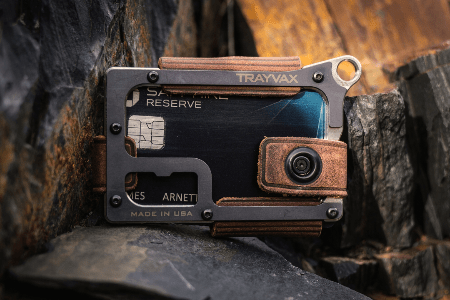
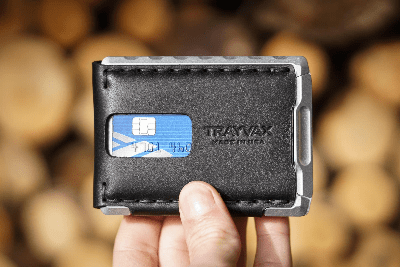
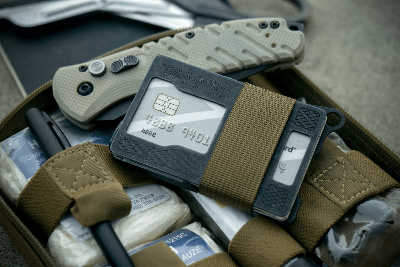
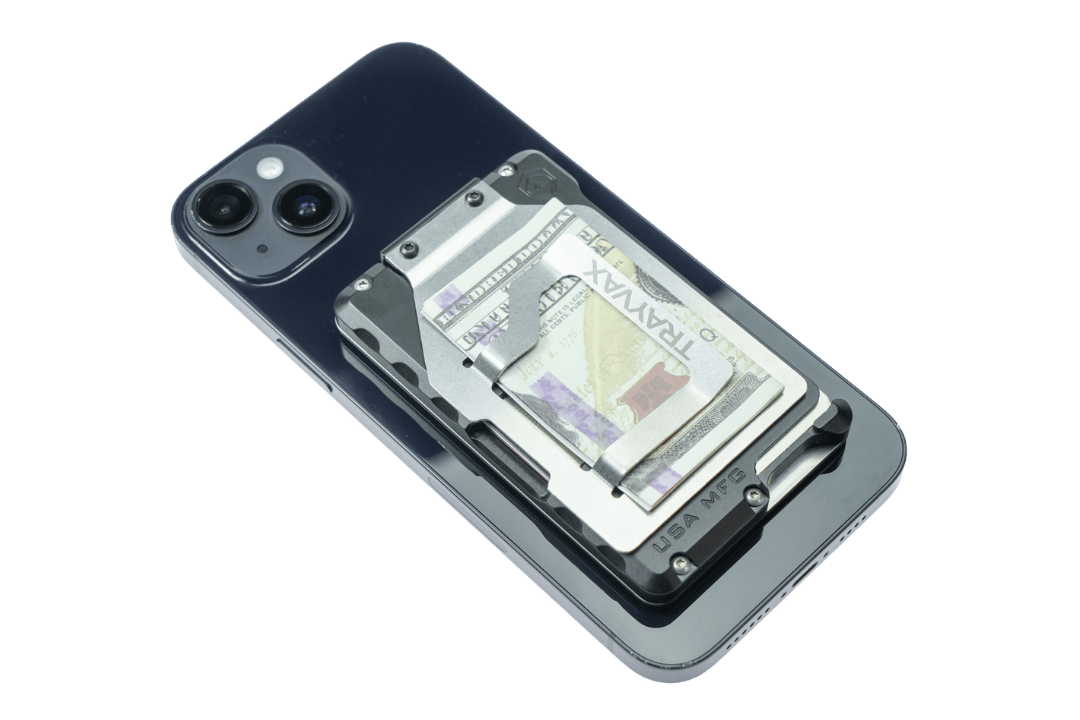



















































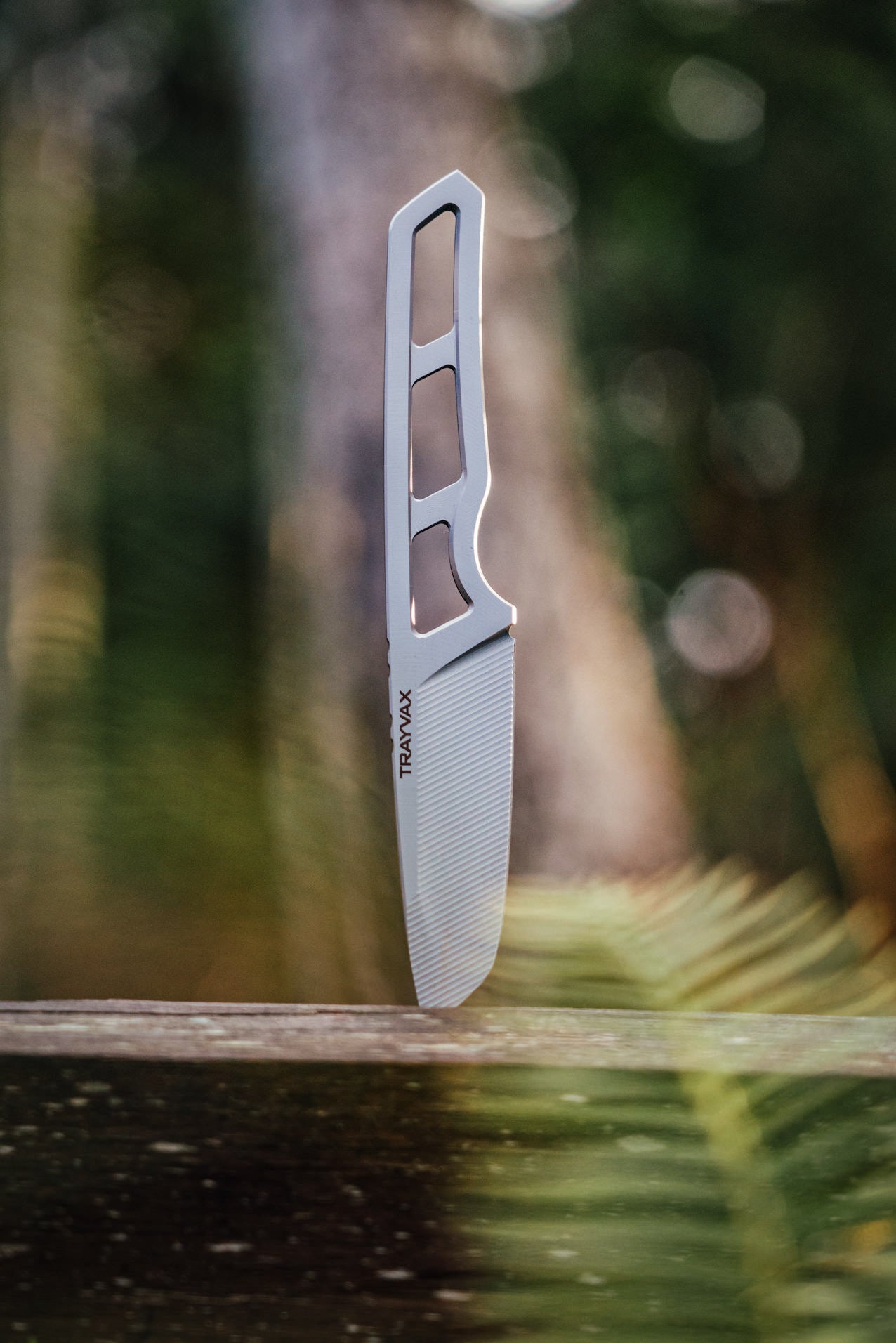
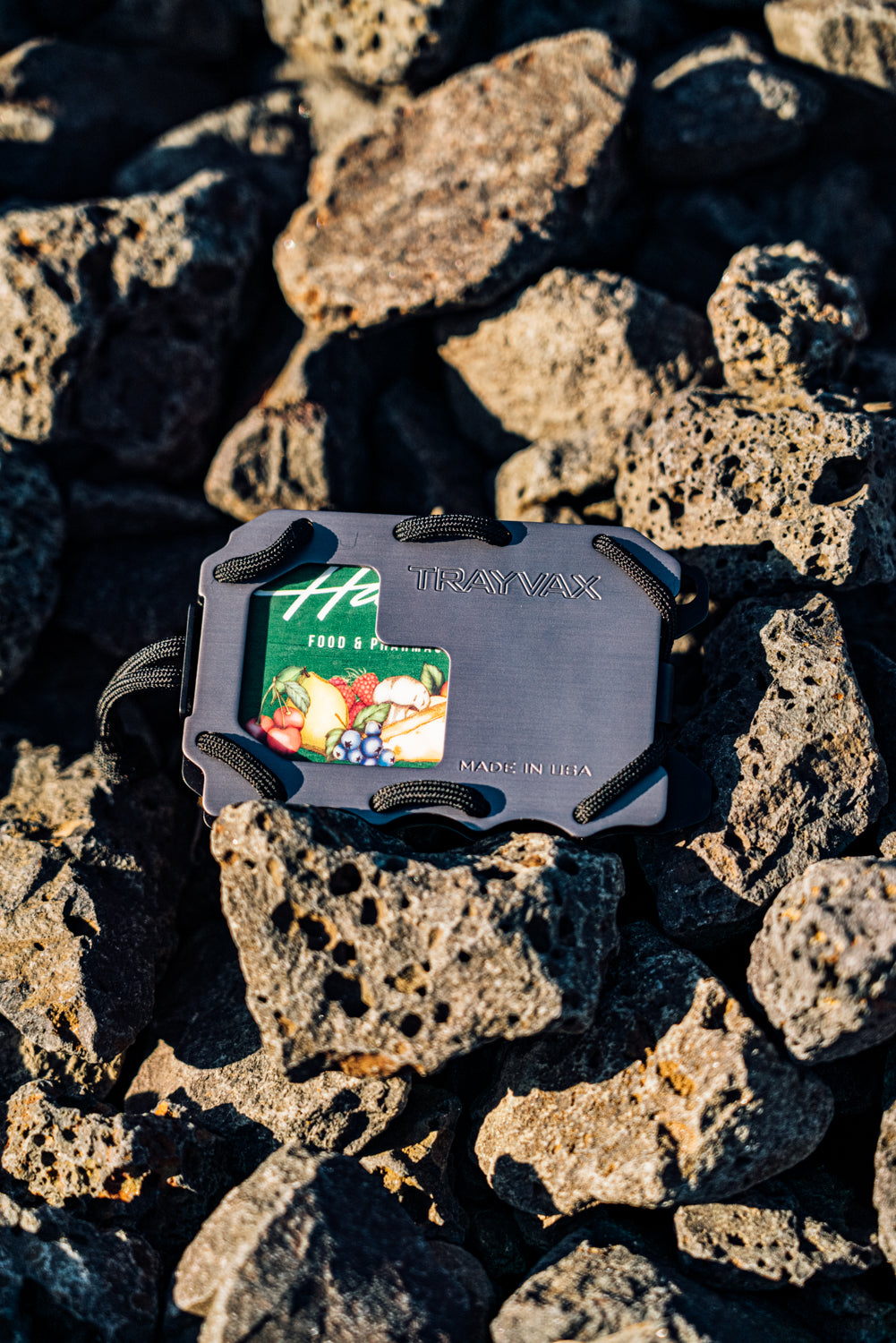
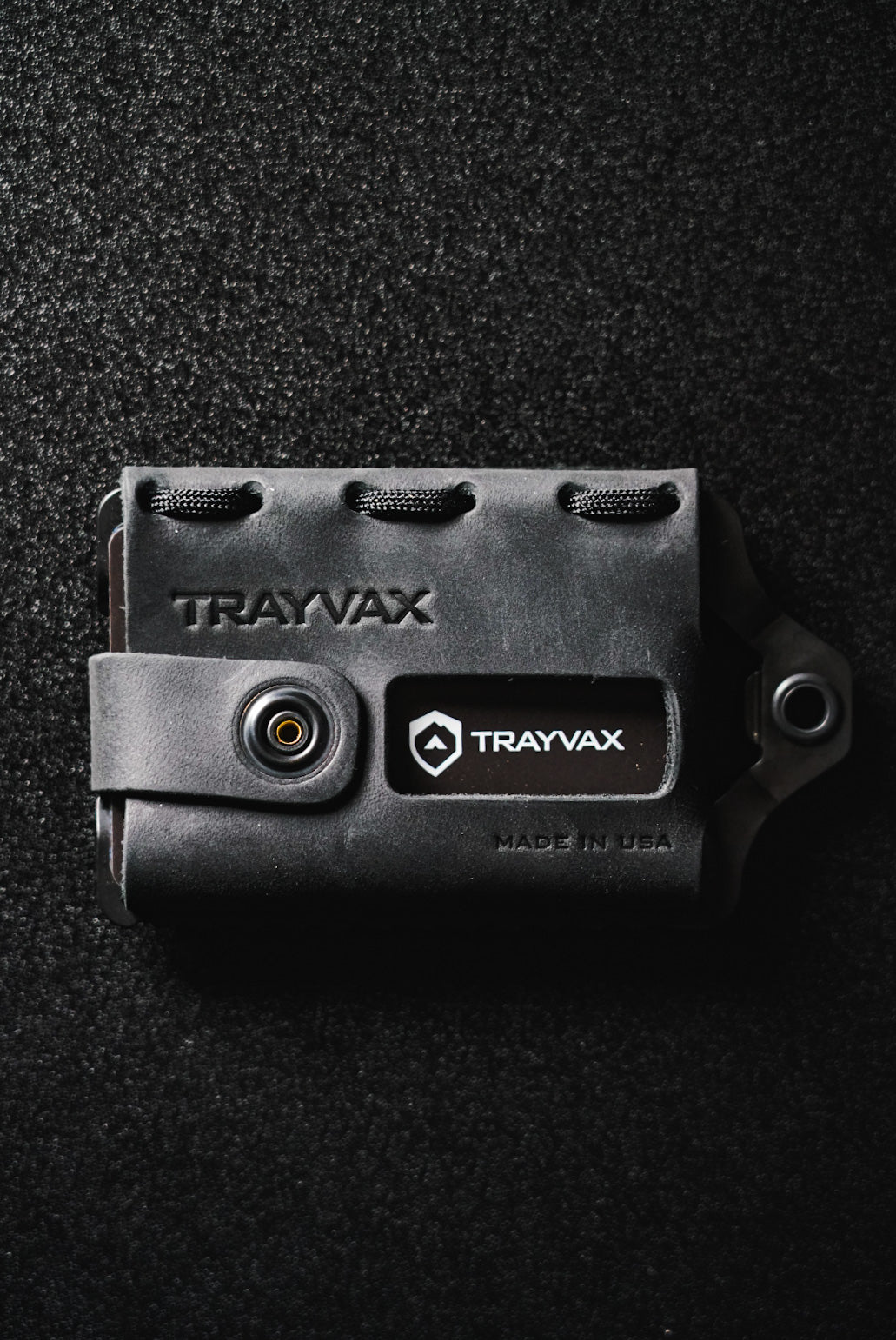
Leave a comment
All comments are moderated before being published.
This site is protected by hCaptcha and the hCaptcha Privacy Policy and Terms of Service apply.